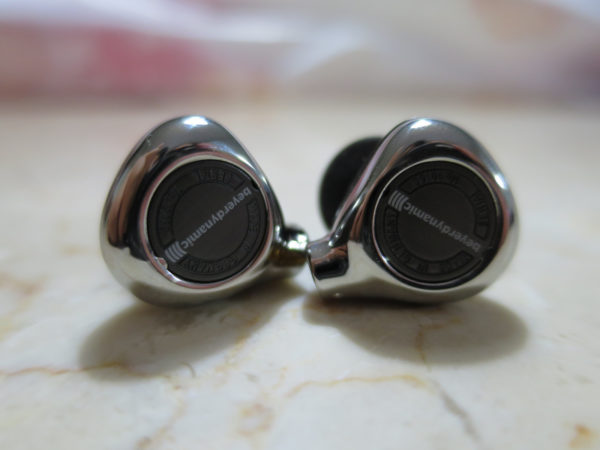
Unlike its bigger German rival Sennheiser, Beyerdynamic isn’t as well recognised outside the professional audio or high-end audiophile circles where its name is spoken with a knowing air.
So its new S$1,599 Xelento remote earphones, aimed at the highest end of the consumer market where money is no object, are an interesting entry.
Sure, Beyerdynamic has got the excellent T1 headphones for folks sitting at a desk, but can it cut it in a market segment where looks often matter as much as audio quality?
The first thing you’d notice is the shiny finish on the ear buds. Along with the white and silver cord, they are supposed to appear like gems on your ears. Certainly, they won’t look out of place next to a nice outfit.
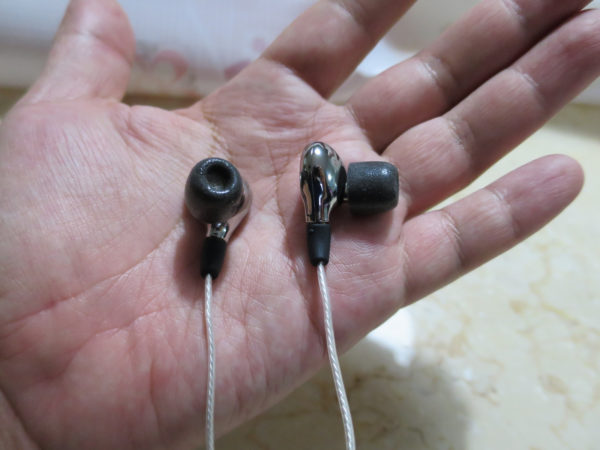
And when you put them on, you realise how light the Xelento ear buds are. At 7 grams a pair, they are effortless and “disappear” when you’re enjoying the music.
What you have to be careful of is wearing the ear buds right. Do it wrong and you’d end up with hollow, thin audio, which was what I got once when I switched ear tips.
Speaking of that, you have a good number of options, including silicone and Comply tips in various sizes. If you use the silicone ones, make sure to align them correctly as well, with the excess material pointing outwards.
I personally prefer the Comply ones, which “stick” to your ear canal better yet remain so comfortable. They also offer impressive sound isolation, blocking out external noise effectively. Just be careful of removing them later, because they can stick to the ear buds quite tightly.
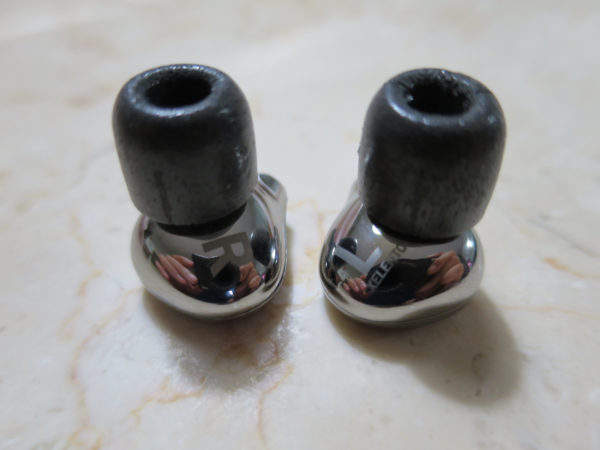
In terms of audio quality, I’m happy to report that the Beyerdynamic has kept to its signature sound. None of that unnecessary bloat and “warmth”, but a clear-eyed pursuit of accuracy and detail that results in an engaging experience.
Immediately, you’d find the Xelento is highly transparent in its presentation. Nothing dressed up, is how I’d characterise it. No, it’s not analytical or cold, just neutral and uncoloured, which is how things should be.
The sound stage is as wide as small earphones conjure up, stretching from ear to ear and creating an imaginary wall of sound in front of your head.
At no time was the sound “stuck” in the ears, or even in the head. I have heard Campfire Audio’s excellent Andromeda earphones, which set the standard in terms of projecting a 3D sound stage, but the Xelento isn’t that far behind either.
Playing the Interstellar movie soundtrack, I get goose bumps when the combination of pipe organ and synthetiser music rises to a climax.
The small ear buds deliver surprising scale and reach, enabling you to relive moments in the movie, or simply imagine you’re at an old church where an organ is playing.
The Xelento uses the company’s famous Tesla transducer, though a much miniaturised version of what you get on the 600-ohm T1, where the technology debuted.
One of the things that Beyerdynamic’s Tesla-based headphones never fail to deliver is excellent control over a wide range of musical material. From female jazz vocals to movie soundtracks with a number of instruments going on at the same time, the Xelento never loses its grip.
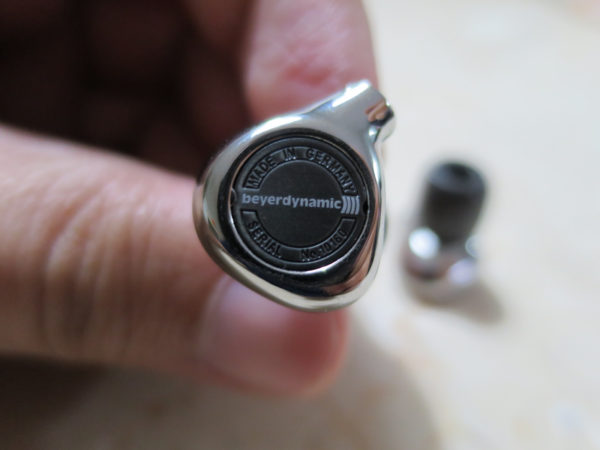
The deep bass in some of the tracks in the Interstellar soundtrack never sounds over the top, even at loud volumes. And there is a reasonable amount of extension for such a small pair of earphones.
Indeed, I hadn’t known small in-ears could do bass so well until I heard Sennheiser’s IE800 a few years back, and the Xelento now impresses me as well.
I also like how the Beyerdynamic earphones handle, say, Chris Isaak’s Baja Sessions album. The singer’s trademark vocals come across so engagingly, whether he is hitting a falsetto or the low notes.
I love listening to female vocals as well. On Diana Krall’s Live in Paris album, the performance is intimate and faultless. I don’t detect any annoying sibilance, for example.
The piano in some of the pieces hits the high notes with brightness and clarity as well. As do some of the other jazz tracks from Stacey Kent, for example.
As a long-time T1 owner, I’ve never felt Beyerdynamic headphones were too jarring with the treble, as some have complained, so the Xelentos in their re-tuned sound, like the second-gen T1s, are perfectly fine with me.
One thing I never fail to appreciate is the dynamism that the top-end Beyerdynamic headphones offer. The speed and attack, where needed, are there for folks who like electronica, for example. Or for an orchestra piece, or simply another Hans Zimmer soundtrack, say, for the movie Inception.
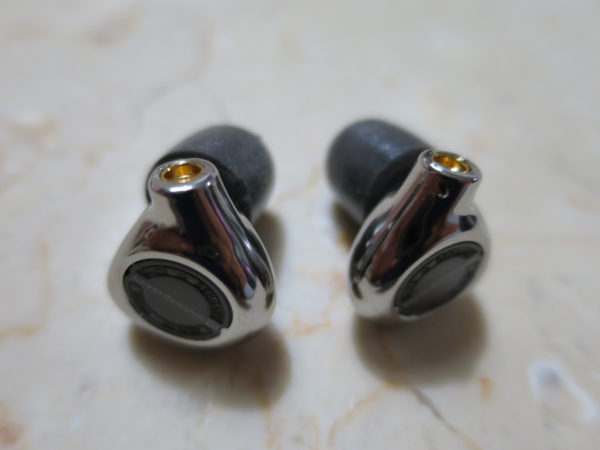
Throughout the tests, I listened to an Onkyo DP-X1A player as well as an LG G6 phone, both of which drove the earphones without issue. I’d avoid using a phone with poor audio playback quality, like a Samsung Galaxy S7 edge, which doesn’t do the earphones justice.
To be sure, the Xelento is attractive on many levels. It hits the mark for several important factors for today’s earphone buyers.
While it may not project the same extended 3D space as a pair of Campfire Audio Andromedas, which uses five small drivers to do the job, it is much smaller, lighter and attractive looking, while sounding good in many other aspects.
And the Sennheiser IE800, a long-time favourite of mine, has a competitor on its hands in terms of audio quality and looks alike. In my view, the new Xelento has the edge in terms of sound isolation. And yes, the cables are removable so if you want to tweak, go ahead.
In all, an accomplished first effort in this market segment from Beyerdynamic. Over the years, I’ve been impressed by its signature sound and wondered if the company could find a way to impress a wider audience with the control, transparency and detail that are so attractive to its fans.
With the Xelento, it has a pair of earphones that may just help it do that. Now, if only the price tag isn’t as intimidating. Yes, S$1,599 is expensive, even if we are getting used to seeing top-end options go past S$1,000 in the past few years.







It’s always mesmerizing to read how you describe the finer details of audio products. Cheers, Alfred!
Thanks for the kind words and for reading!